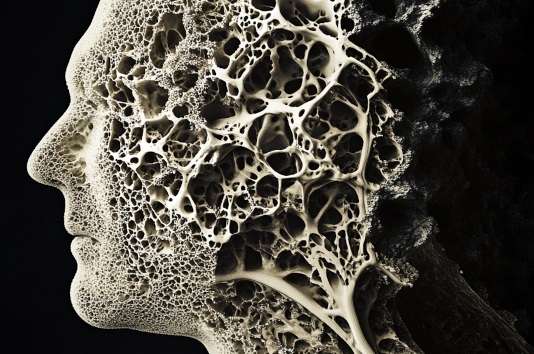
Tips for Reducing Waste in the Cath Lab
How can one be environmentally responsible while maintaining sterility in the catheterization laboratory? This is the issue that Estelle Myny, a nurse at Jacques Cartier Hospital in Massy, France, sought to address at the European Days of the French Society of Cardiology.
Reducing Waste Weight
Angioplasty procedures use costly sterile medical devices with significant environmental impact, hence the interest in evolving new practices that are ecologically friendly and economical. This is the challenge that Myny and her colleagues have taken up, particularly regarding waste.
"For a few years now, we have known that not all waste needs to be disposed of in infectious waste bins," she said, "especially since the treatment of infectious waste is very costly because it must be processed in specific facilities with high-temperature incinerators. Consequently, in Massy, we have changed our practices and implemented measures to minimize hospital waste by only disposing of heavily blood-soaked materials." It is worth noting that 130 tons of hospital waste are produced each day in Île-de-France.
The angioplasty procedure itself can be adapted. "We decided to lighten the surgical fields, with two versions, one for coronary and the other for angioplasty, which led to a decrease in size and thickness of the field while maintaining absorbency and sterility. By proceeding step by step, we also reduced the thickness of the gowns. In addition, the number of compresses and needles was reassessed...We now prefer to add sterile material as needed, rather than dispose of unnecessary material, following the principle that good waste is nonwaste." Disposable garments also contribute significantly to waste production, so cloth garments, including caps, are preferred. For various surgical procedures, everyone is encouraged to reassess the number of absorbent compresses used. "There is no need to use 10 to wipe up a few drops of betadine, for example," said Myny.
Turning Off Computers
In terms of energy, it is important to remember to turn off the cath labs in the evening, as well as all computers and ultrasound devices, to reduce their ecological impact. Overpackaging, including thick instruction booklets and excessive packaging around stents, is a significant waste generator, said Myny. To facilitate sorting between cardboard, plastics, and other materials, the various bins should be placed so that people do not have to travel long distances, she added. Similarly, it is important to involve all service stakeholders, including cleaners, porters, and technical service agents, so that everyone respects sorting. Finally, there should be no hesitation in continually encouraging everyone to sort waste conscientiously.
"While commitment to sustainable development and eco-responsibility often stems from a personal initiative, it is important to consider reducing ecological impact as a team project for which it may be useful to designate a focal point to carry out initiatives together," said Myny. In this regard, team training to convince as many colleagues as possible is important.
Myny noted, however, that some solutions still need to be found, especially for medical glassware so that the liquids used (such as contrast agents) do not end up in groundwater.
Areas for Improvement
Among the areas for improvement may include optimizing medication stock management to minimize the number of expired medications. Sorting channels can also be improved by implementing copper recovery in electrophysiology cables, precious metal recycling in laryngology blades, or lead apron recovery. "In Massy, the entire service is committed to this eco-responsible approach, including the secretariat, which limits printing to what is strictly necessary, uses recycled paper, etc.," added Myny.
Other developments are expected to promote sustainable development in cardiology, including better training of caregivers on these issues, the dissemination of new guidelines regarding the resterilization of medical equipment (such as electrophysiology probes), and the adaptation of manufacturers to support the implementation of these more ecologically friendly procedures.
This article was translated from the Medscape French edition.
Article from medscape.com.
------------------------------------------------------------------------------------------------
To learn more about heart disease and prevention and to earn cardiac related CE hours, Pedagogy offers the following courses:
- Broken Heart Syndrome: Clinical Manifestations, Diagnosis, and Treatment
- Cardiovascular Assessment in the Elderly
- Critical Thinking in Cardiac Assessment
- ECG Interpretation: Basic Rhythms
- EKG Recognition
- Post-Cardiac Arrest Care in the ICU
- Women and Heart Disease
Pedagogy's courses are available for purchase by the individual or facility. For individuals, register with us to create your username and password, click on the course title of interest and then click the Purchase button. For a complete listing of all our online continuing education courses, including the largest selection of infusion continuing education courses offered online, click here!
For organizations that would like to purchase education for their entire staff, email sales@pedagogyeducation.com and let us know the course(s) of interest and how many staff members you need to provide education for, and we will be happy to send you a price quote.

